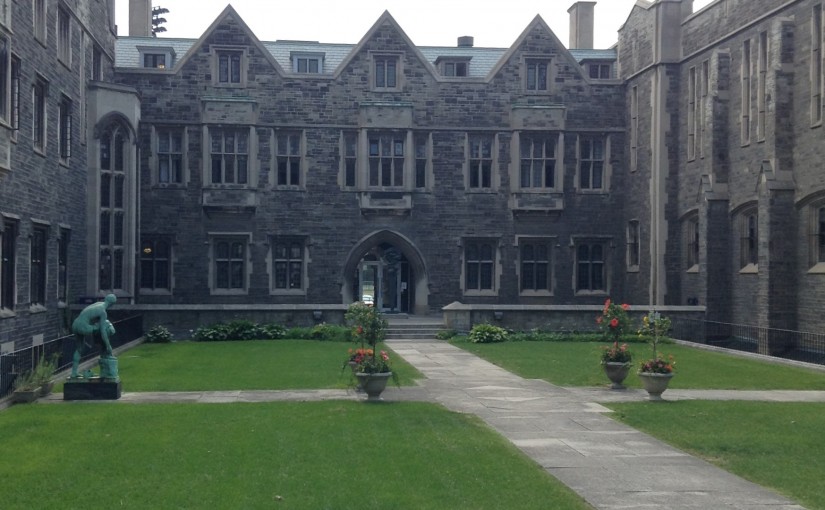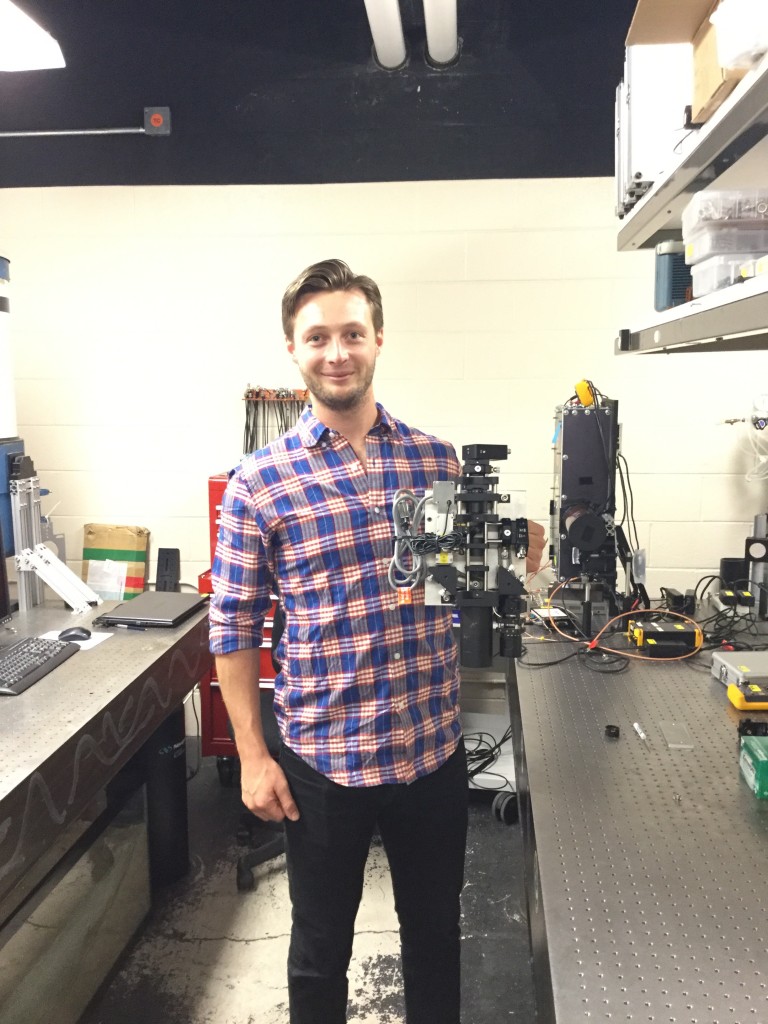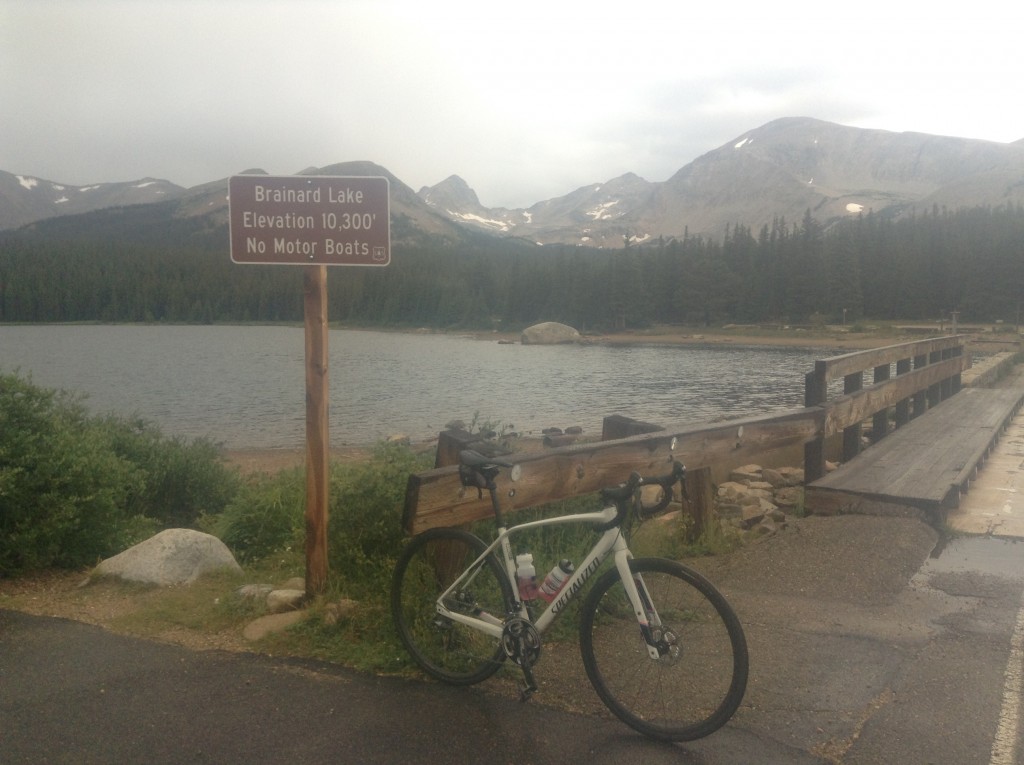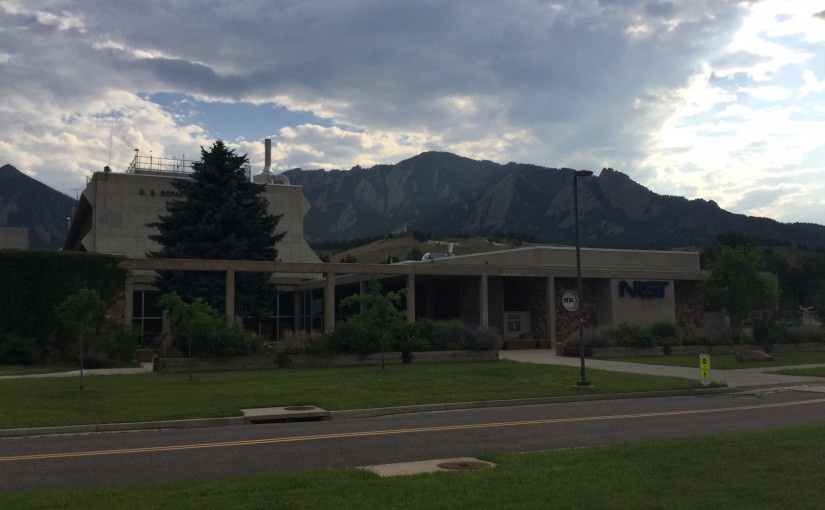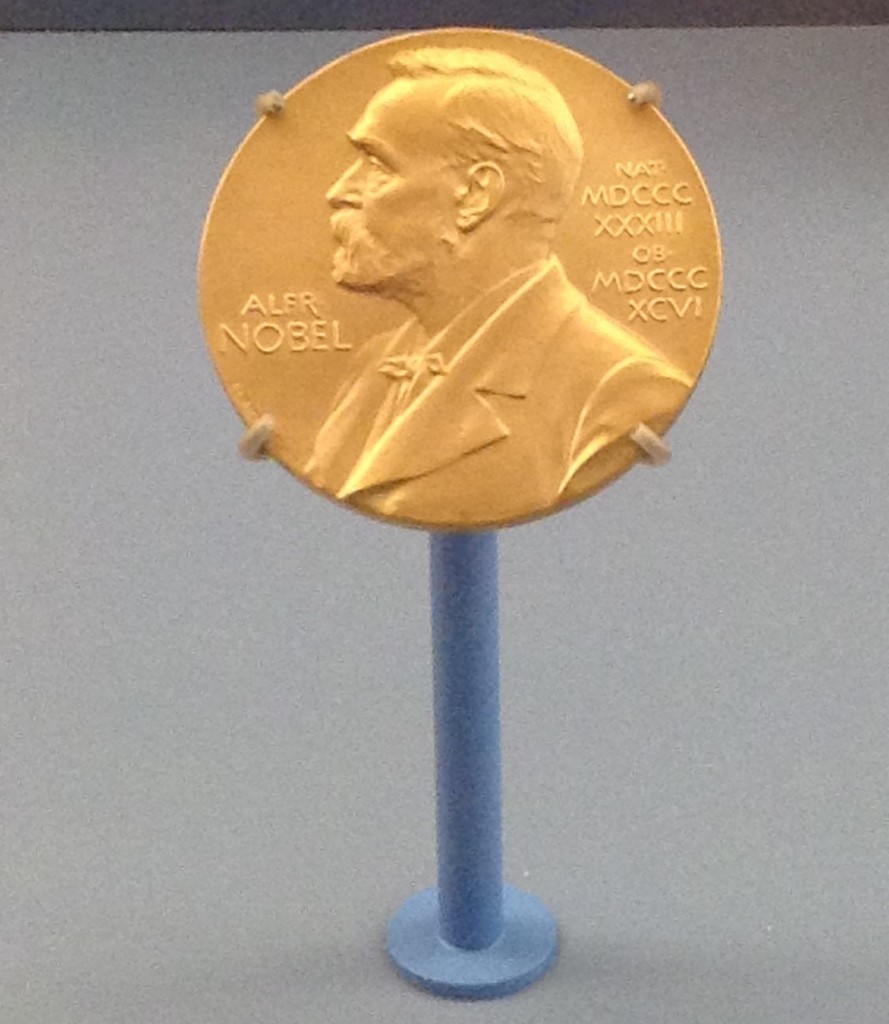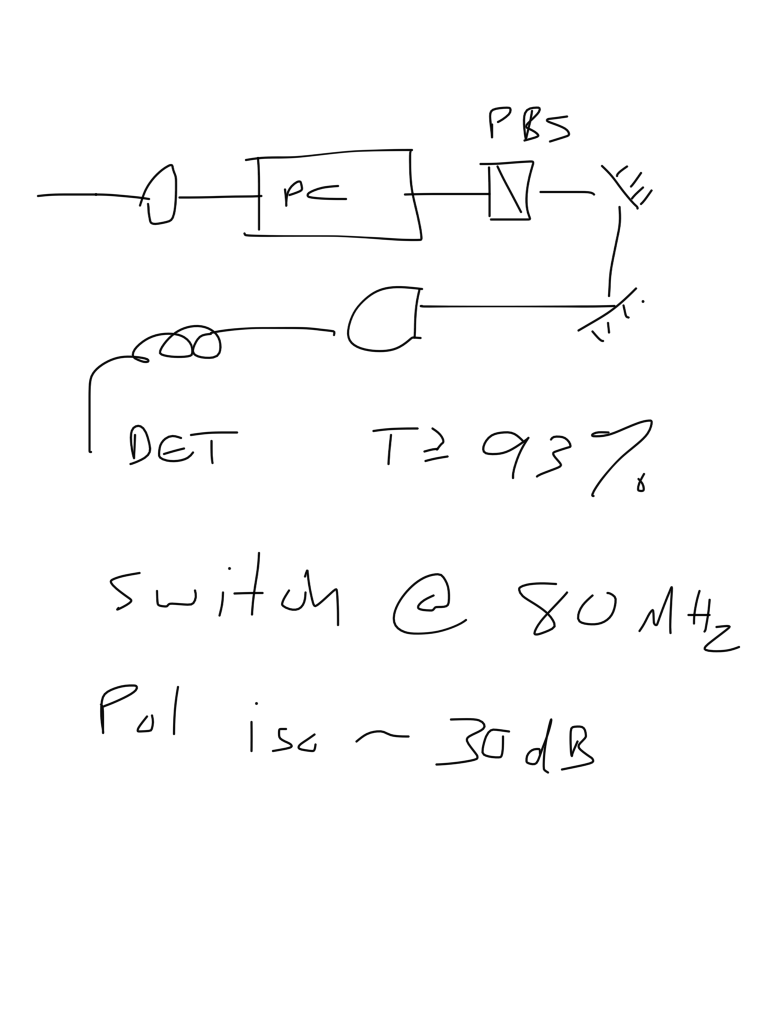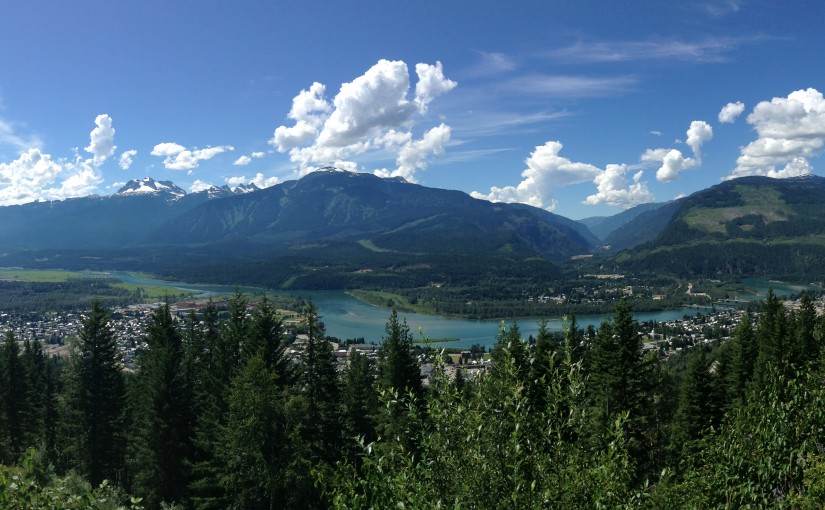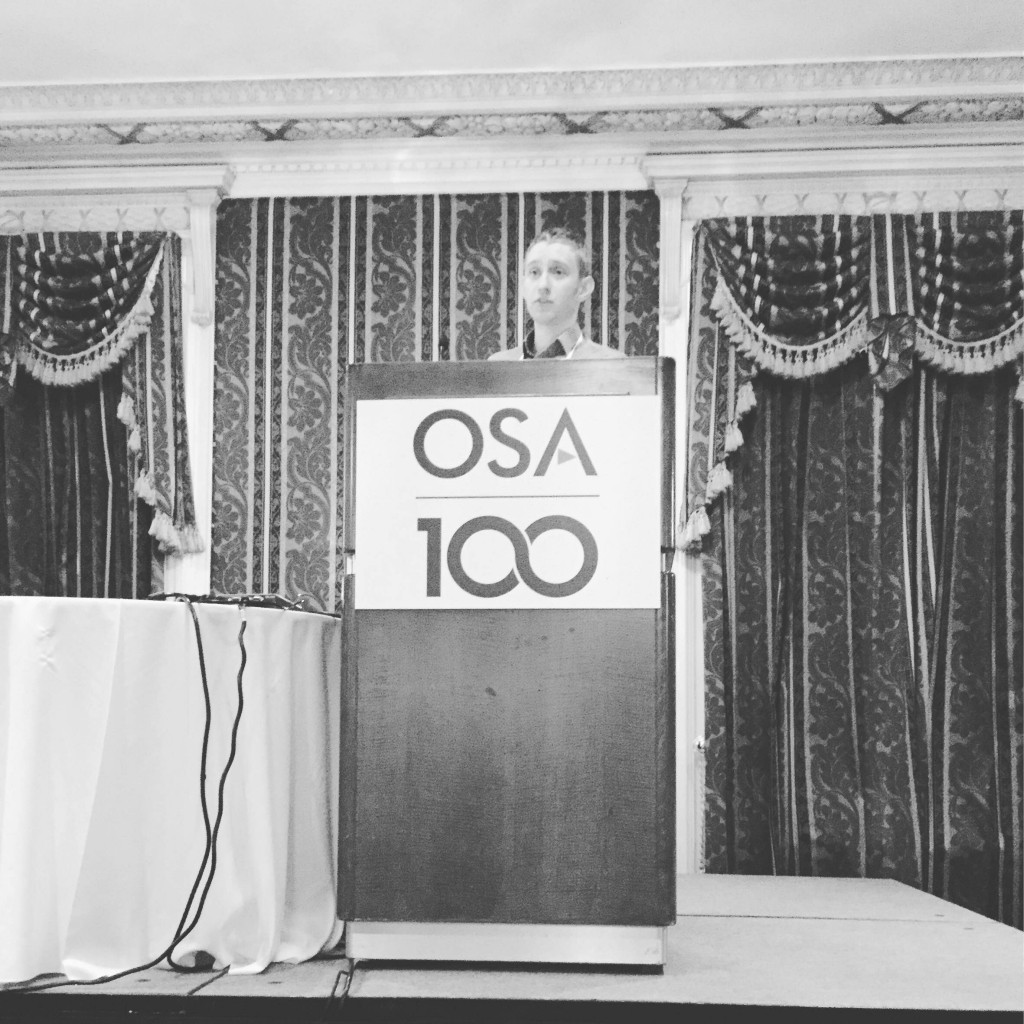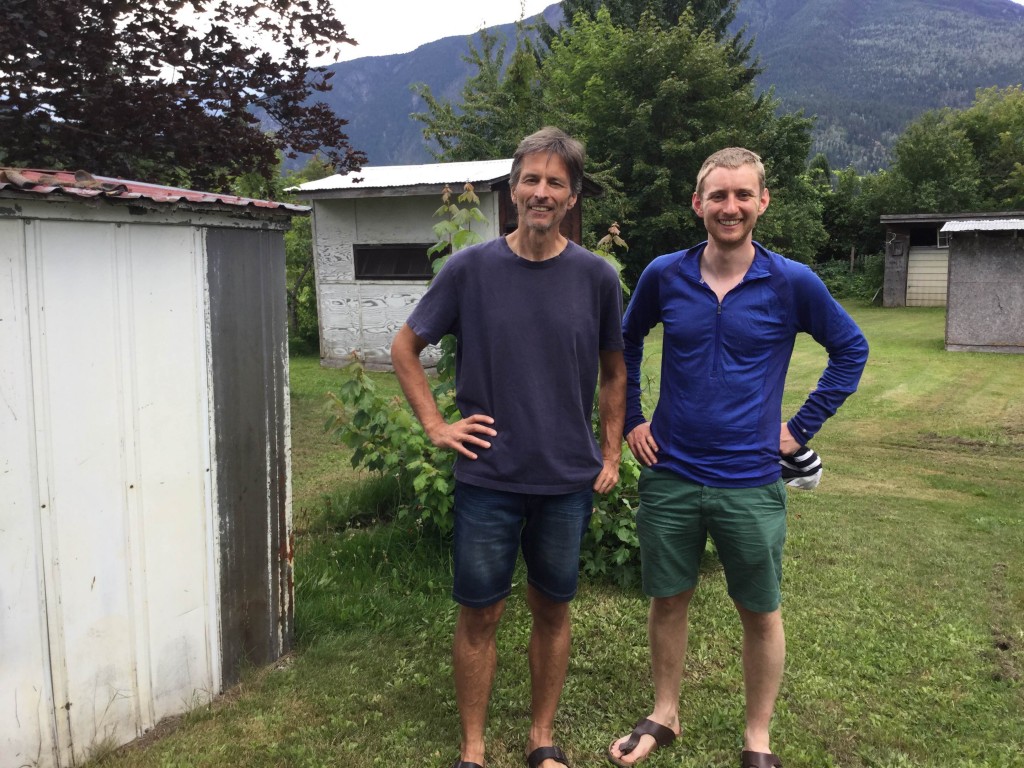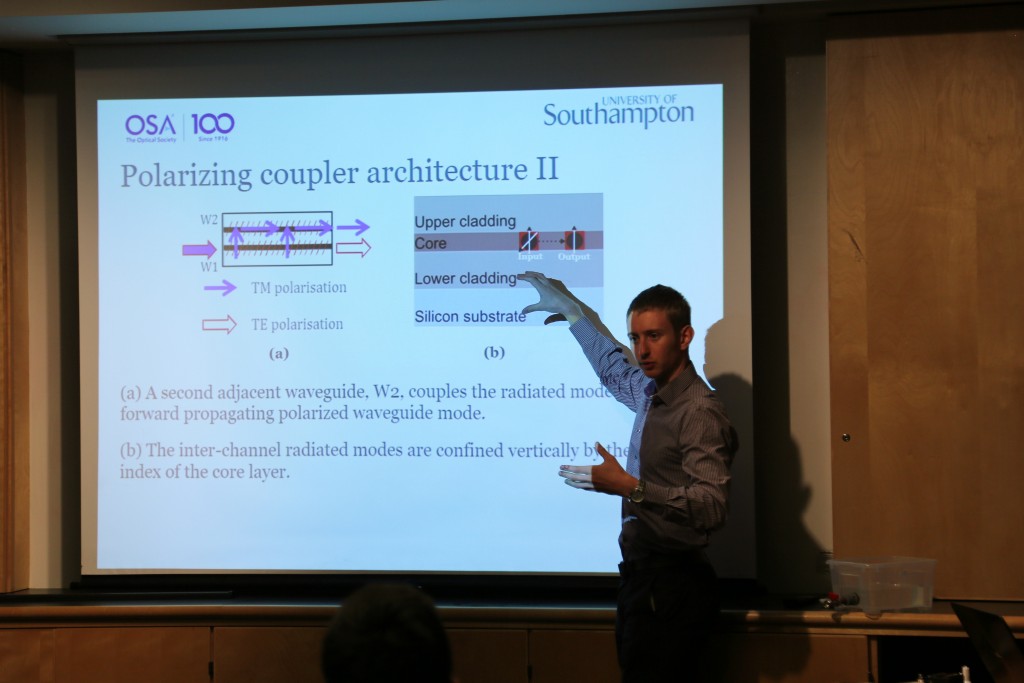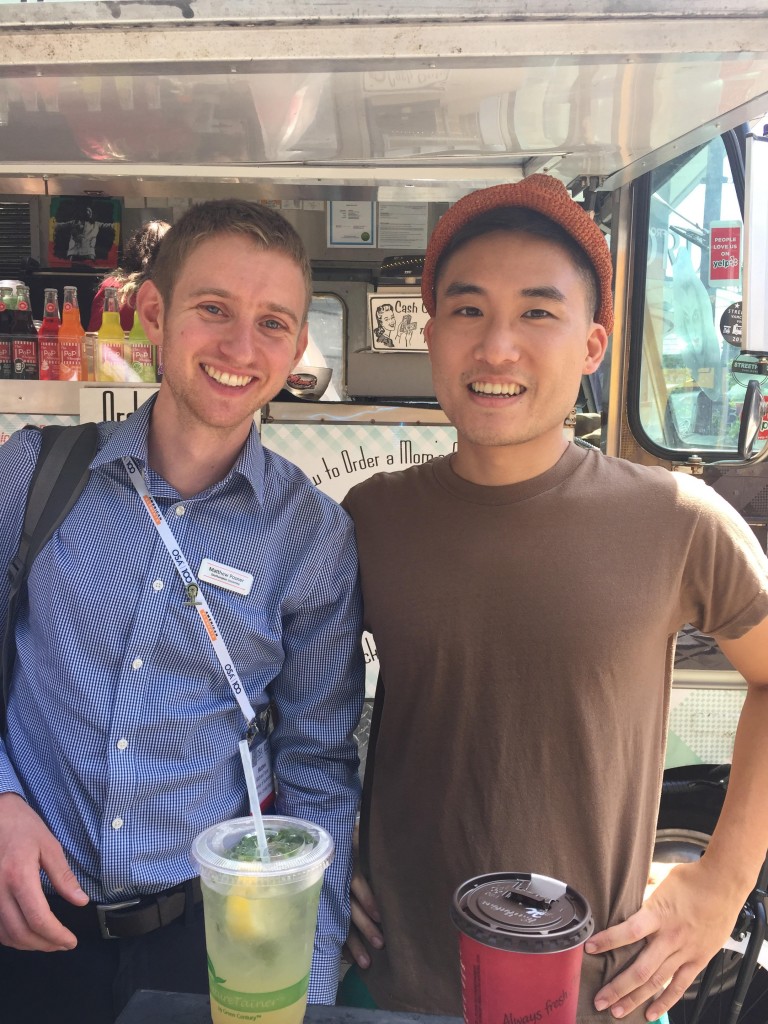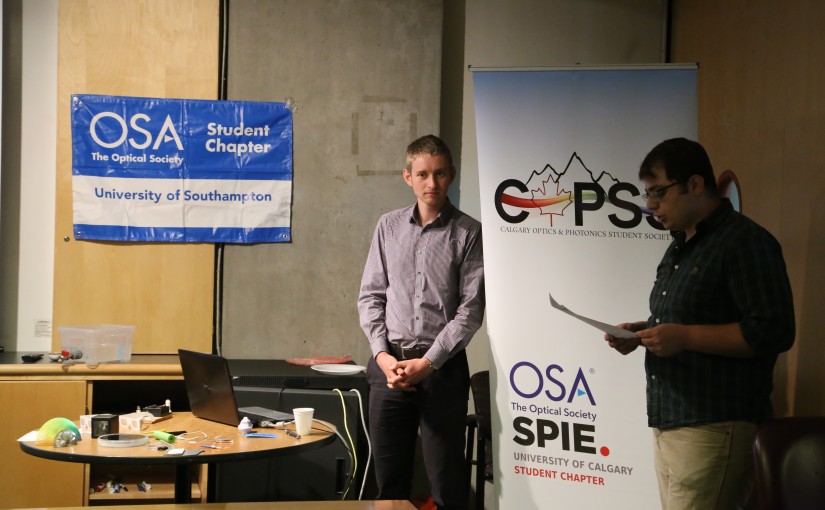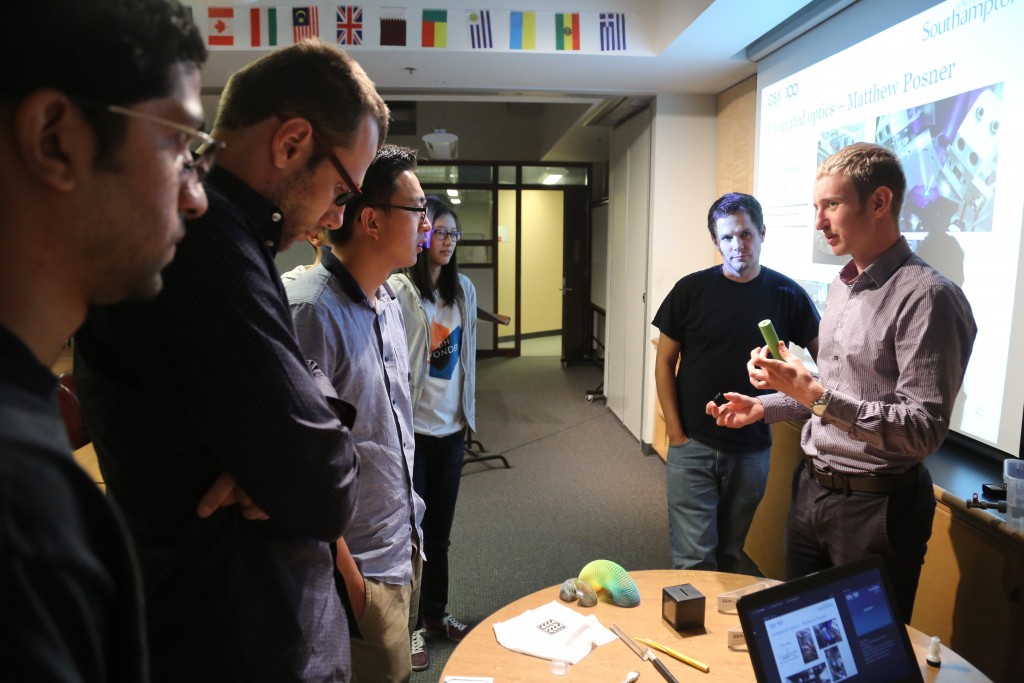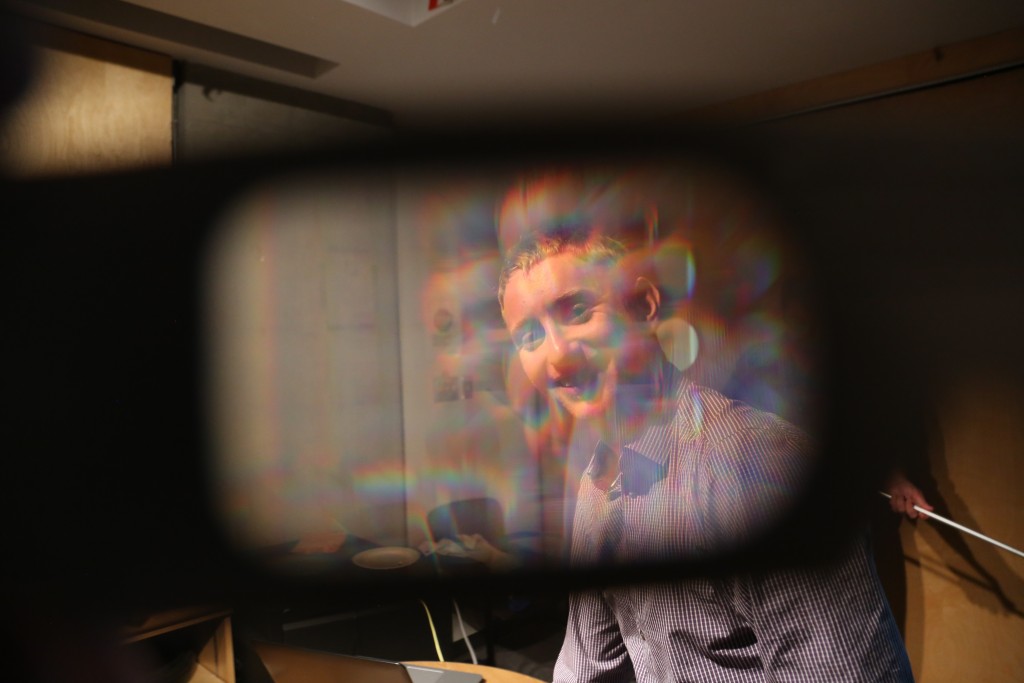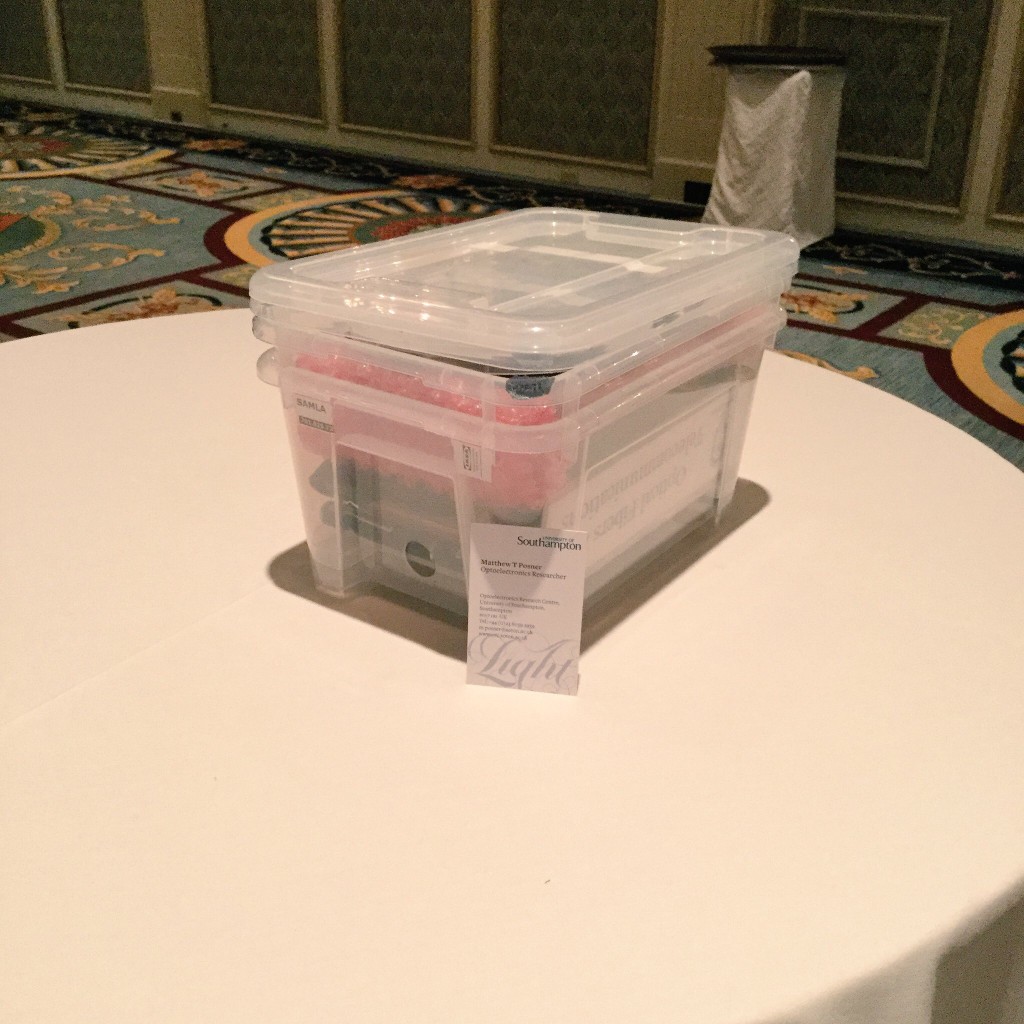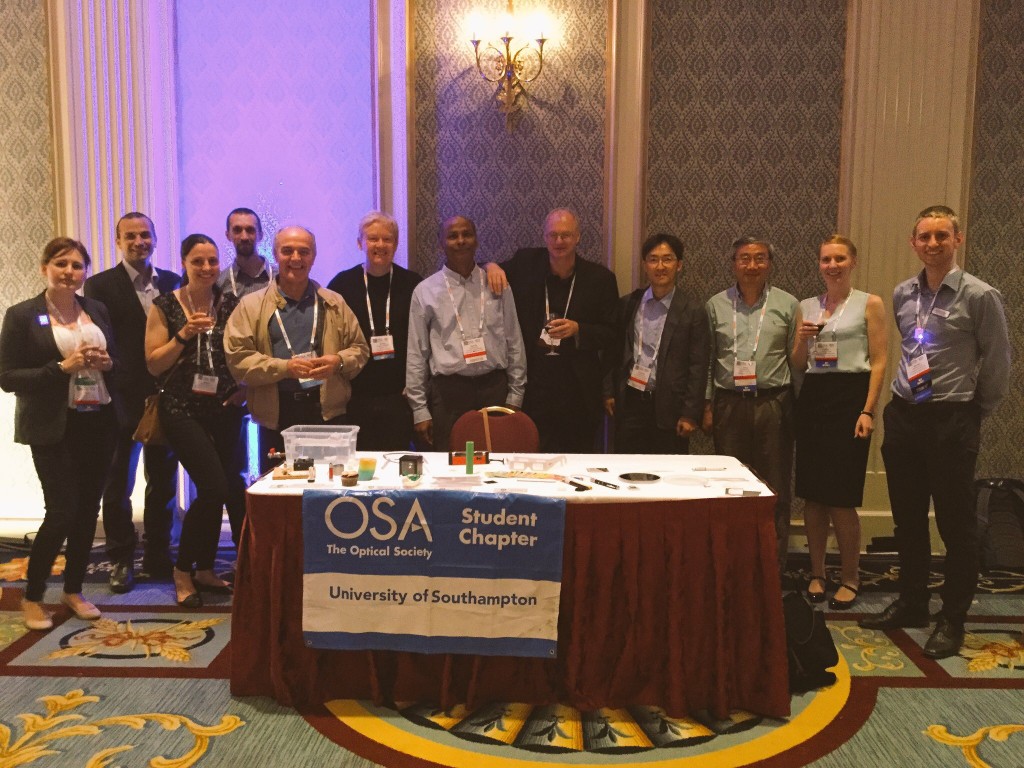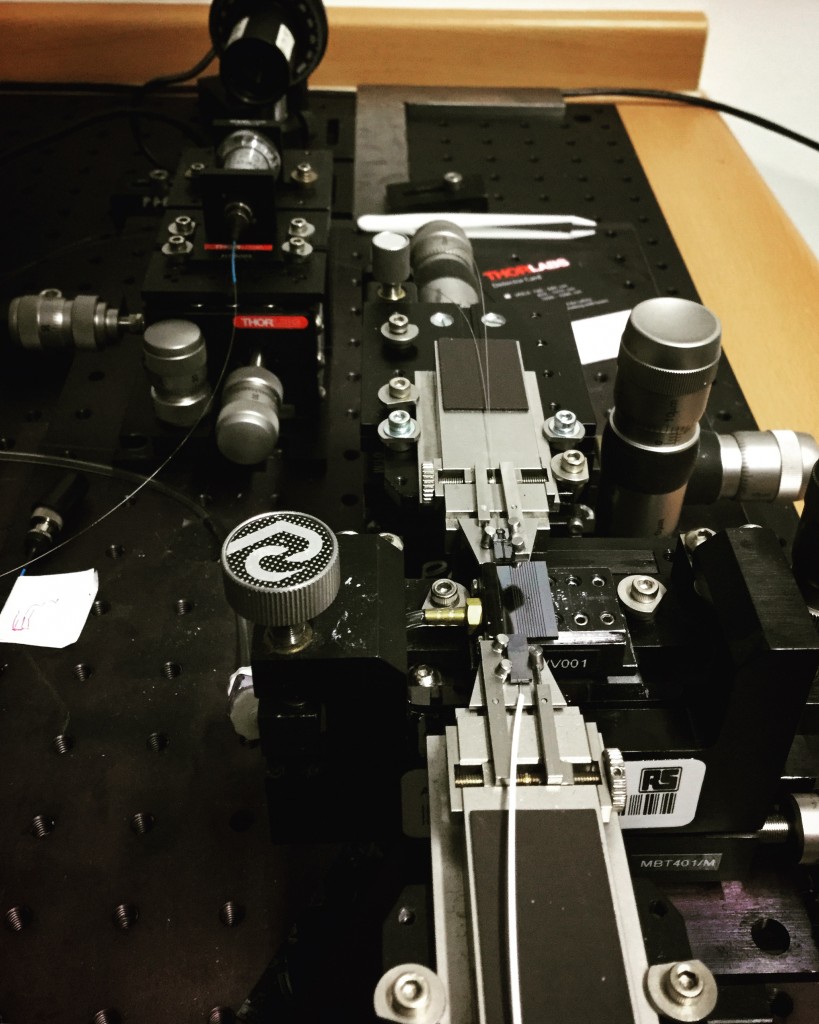On Thursday 11th August I visited the University of Toronto. Their SPIE student chapter hosted me for the day, and I had the chance to visit Professor Peter Herman’s research labs, and exchange ideas with researchers and students whom I met. This article is going to look quite academic, with a number of references to conference papers that I have published; they are numbered in square brackets – like this: [1], [2], etc. – and I promised I’d send them through.
I came to Toronto prepared with a well-rehearsed research talk based on a presentation I gave last month in Vancouver, BC [1]. The researchers in Toronto employ very similar fabrication techniques to the ones I have been working on in Southampton, so I figured that there would be some learned opinions and tough questions. They didn’t disappoint. I had to do some convincing that the integrated photonics devices that I presented last year at a conference in Munich worked the way we expected them to [2]. I was thrilled that my talk turned into a discussion, with regular interruptions to find out more on various topics. It’s given me ideas to research, reflect on and explore when I return from my travels.
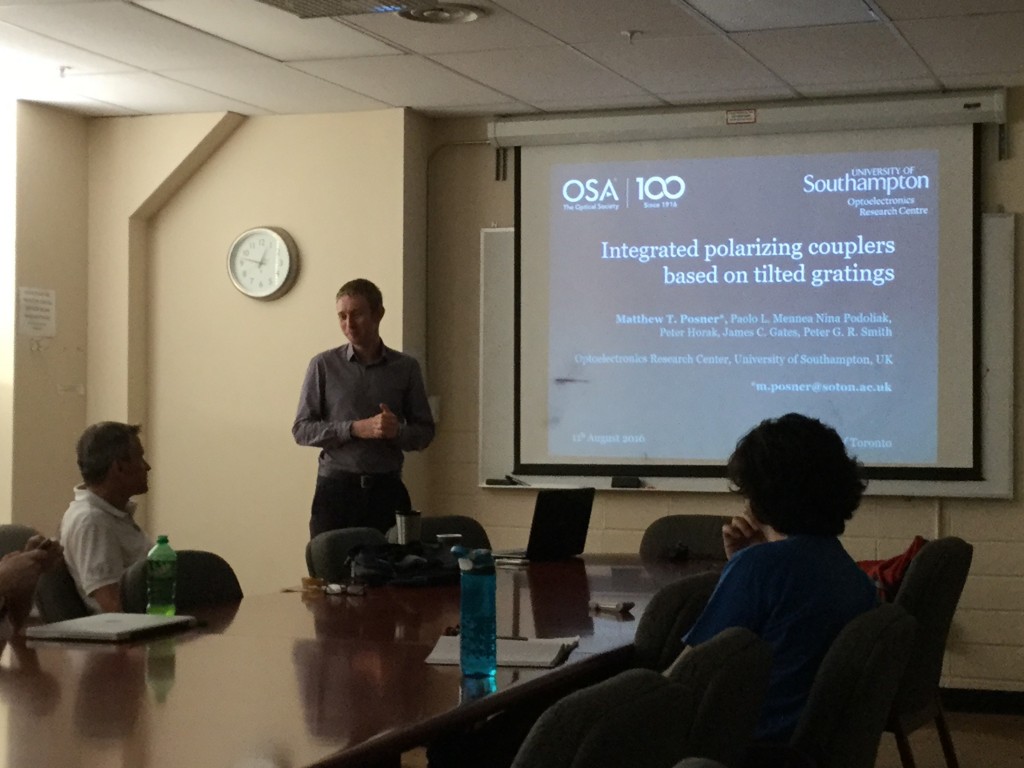
I met with Kevin, Zeinab and Ahmed, all graduate students and officers of the University of Toronto’s SPIE student chapter. We shared our experiences of running our respective societies. I was inspired by the professional development activities that they organised and took part in, events like international student conferences, and talks from world-leading academics, to name a few. After that, I presented to them the outreach kit that I am touring, and told them more about our Lightwave Roadshow that I have been leading/overseeing for the past 3 years in Southampton [3].
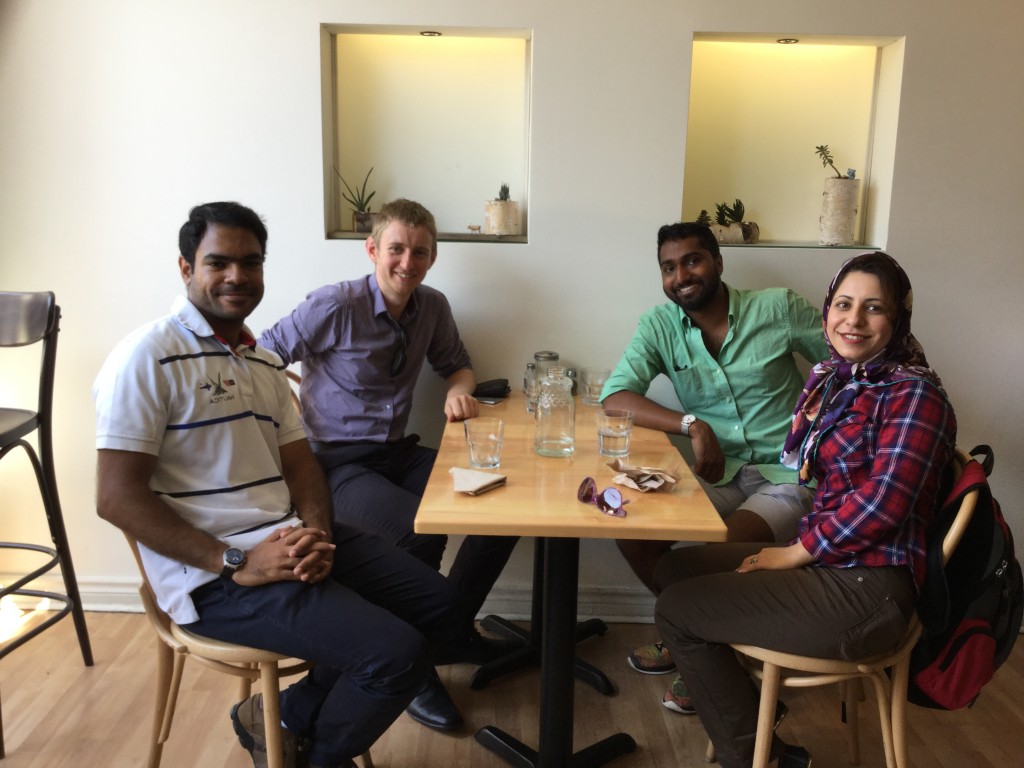
Thank you for the coffee, lunch, lab visits and the tour of the campus, it was an excellent day!
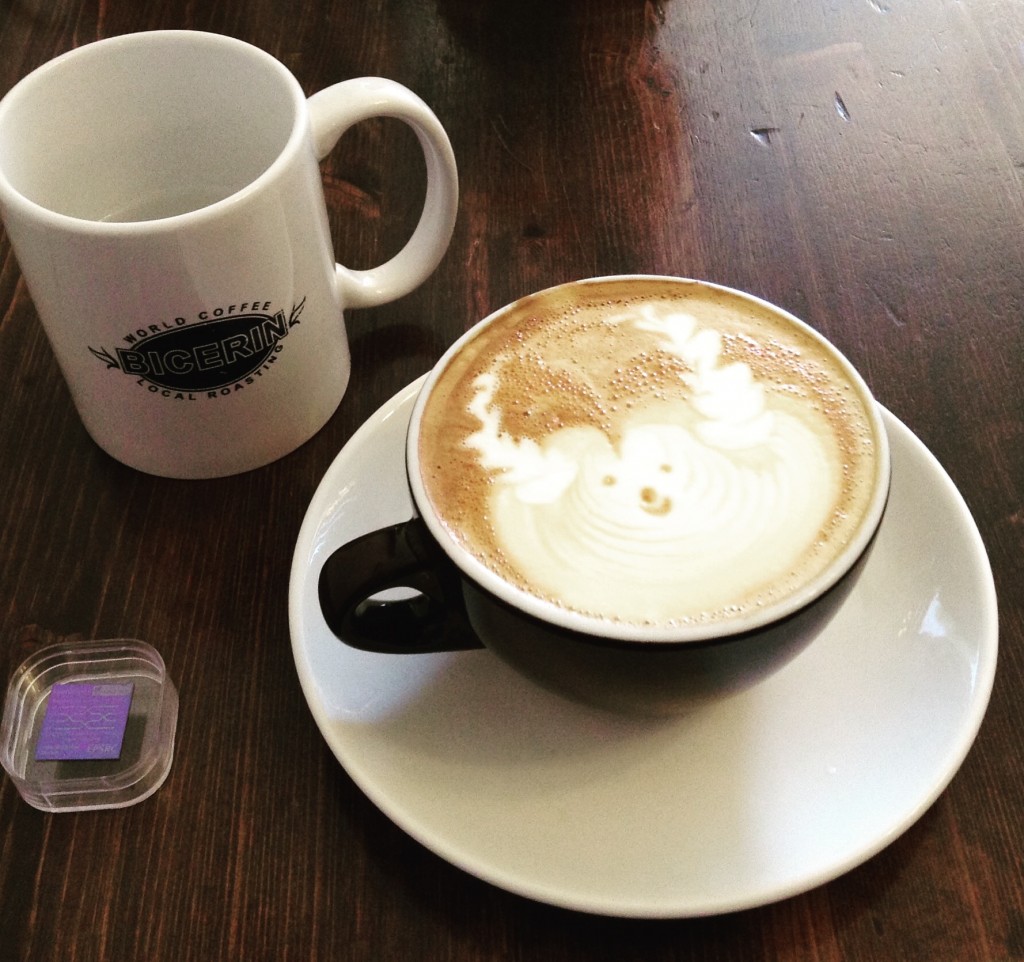
References
[1] M. Posner, P. L. Mennea, N. Podoliak, P. Horak, J. C. Gates, and P. G. Smith, “Integrated polarizing coupler based on tilted gratings,” in Advanced Photonics 2016 (IPR, NOMA, Sensors, Networks, SPPCom, SOF), OSA technical Digest (online) (Optical Society of America, 2016), paper IW3B.3; video and talk online (OSA members only)
